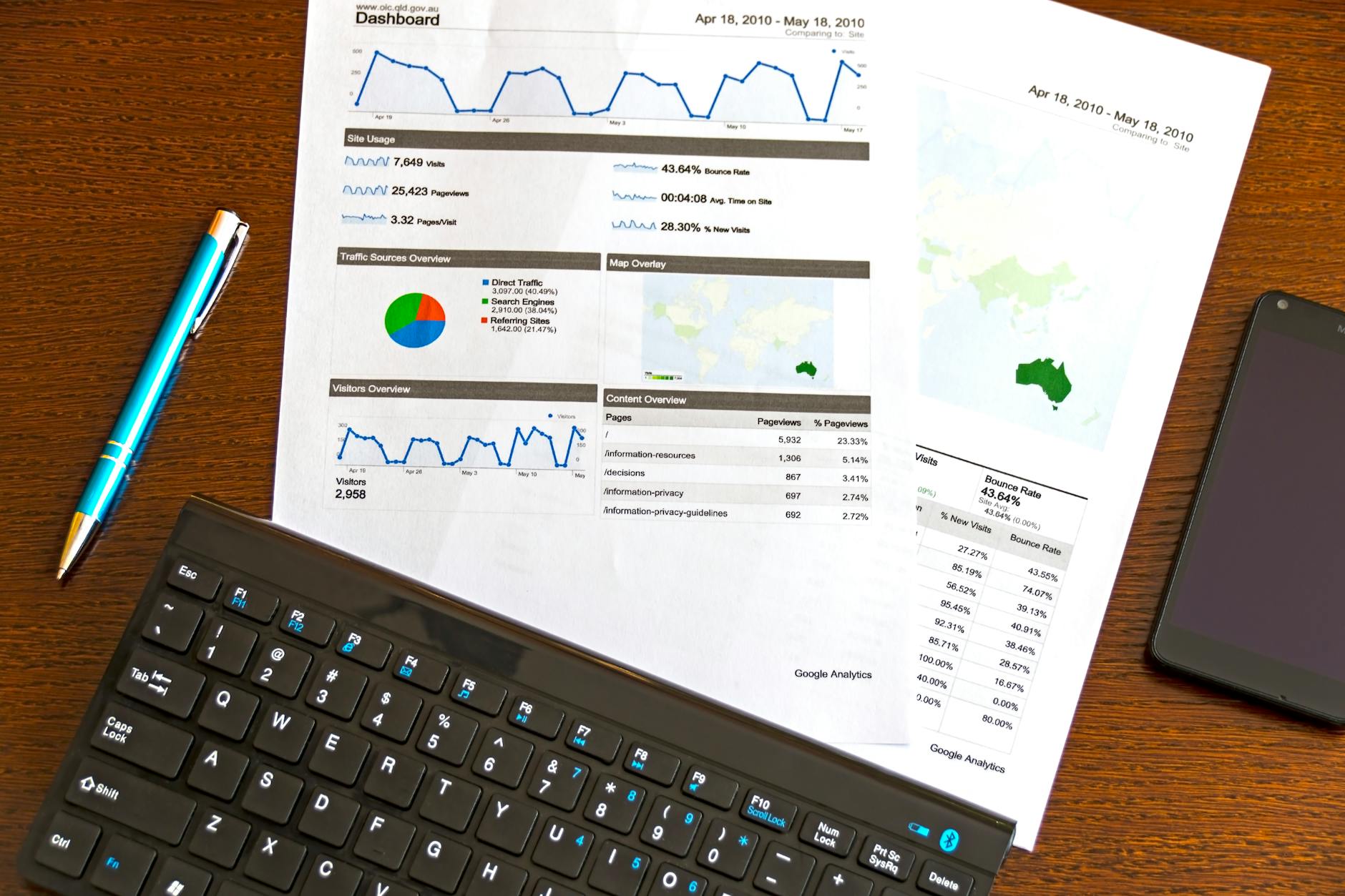Essential Performance Metrics and KPI Dashboards for Modern Finance Teams
Essential performance metrics and KPI dashboards for modern finance teams have become crucial in driving strategic decision-making and operational efficiency. As finance departments evolve beyond traditional bookkeeping roles, their ability to analyze complex data, monitor key indicators, and present insights clearly is vital for business success. This article explores the core performance metrics that finance teams should prioritize and how effective KPI dashboards can transform raw data into actionable intelligence. By focusing on these essential tools, finance professionals can better align financial goals with overall corporate objectives, respond quickly to market changes, and enhance stakeholder communication.
Understanding these elements not only empowers finance teams but elevates their role as strategic advisors within organizations.
Key performance metrics for financial health evaluation
Finance teams must track a range of performance metrics to assess an organization’s financial health comprehensively. These metrics provide insight into profitability, liquidity, and operational efficiency, which are essential for maintaining business viability. Some of the most critical metrics include:
- Gross profit margin: Indicates the percentage of revenue remaining after subtracting the cost of goods sold (COGS), reflecting production efficiency.
- Operating cash flow: Measures cash generated by normal operations, offering a realistic view of liquidity.
- Return on equity (ROE): Evaluates the profitability relative to shareholders’ equity, indicating how well investments generate returns.
- Current ratio: Represents the ability to cover short-term liabilities with current assets, a key liquidity indicator.
- Days sales outstanding (DSO): Tracks the average collection period for receivables, highlighting cash flow effectiveness.
These metrics combined offer a balanced perspective, helping finance teams pinpoint areas requiring attention.
Designing KPI dashboards that enhance decision-making
A well-crafted KPI dashboard acts as a dynamic visual interface, guiding finance teams toward informed decisions by presenting relevant data in a user-friendly format. When designing these dashboards, the following principles ensure maximum utility:
- Relevance: Include only metrics that align closely with organizational goals and current financial priorities.
- Simplicity: Use clear visualizations, such as charts or gauges, to convey information without clutter.
- Real-time updates: Integrate live data feeds to enable proactive responses.
- Customization: Allow users to filter or drill down into specific data segments for deeper analysis.
For instance, if a company’s focus is improving cash flow, the dashboard should highlight liquidity ratios and cash burn rates prominently. The ability to tailor dashboards means finance teams can monitor both high-level trends and granular details efficiently.
Integrating automated reporting and analytics tools
The growing complexity of financial data necessitates automation to reduce human error and save time. Modern finance teams rely heavily on technology platforms that can generate automated reports and perform advanced analytics. Benefits of automation include:
- Consistent data accuracy through standardized processing
- Rapid generation of reports tailored to stakeholder needs
- Predictive analytics to forecast trends and risks
- Seamless integration with ERP systems and other financial software
Adopting tools powered by artificial intelligence and machine learning also enables anomaly detection in transactions and optimizes budgeting processes. Leveraging automation in KPI dashboards elevates the agility and precision of financial monitoring.
Collaborative alignment of finance KPIs with business strategy
Effective KPI dashboards do not function in isolation—they must align with broader business objectives and encourage cross-departmental collaboration. Finance leaders should work closely with sales, operations, and executive teams to ensure metrics reflect shared priorities and drive cohesive action plans.
For example, linking financial KPIs such as revenue growth targets with marketing campaign performance fosters transparency and accountability across teams. Additionally, collaborative dashboards can provide a holistic view that highlights the financial impact of operational initiatives or market shifts.
This integration promotes agility, as teams can identify challenges early and coordinate responses. Ultimately, finance becomes a strategic partner rather than a mere number cruncher.
| Performance metric | Definition | Purpose |
|---|---|---|
| Gross profit margin | (Revenue – COGS) / Revenue | Assess cost management efficiency |
| Operating cash flow | Cash generated from core operations | Evaluate liquidity and operational health |
| Return on equity (ROE) | Net income / Shareholders’ equity | Measure profitability for investors |
| Current ratio | Current assets / Current liabilities | Test short-term financial stability |
| Days sales outstanding (DSO) | Accounts receivable / Average daily sales | Monitor cash collection efficiency |
Conclusion
Modern finance teams must harness a well-rounded set of performance metrics displayed through intuitive KPI dashboards to stay ahead in today’s fast-paced business environment. By focusing on key financial health indicators like gross profit margin and operating cash flow, teams gain critical insight into organizational strength. Designing dashboards that prioritize relevance and real-time data empowers finance professionals to act decisively. Incorporating automation further refines accuracy and efficiency, while aligning KPIs with overall business strategy fosters collaboration and drives unified goals. Together, these elements transform finance functions into strategic hubs that enhance financial visibility, enable proactive risk management, and support sustainable growth. Embracing these essential metrics and tools ultimately elevates the finance team’s value and impact across an organization.
Image by: AS Photography
https://www.pexels.com/@asphotograpy
editor's pick
latest video
news via inbox
Nulla turp dis cursus. Integer liberos euismod pretium faucibua


